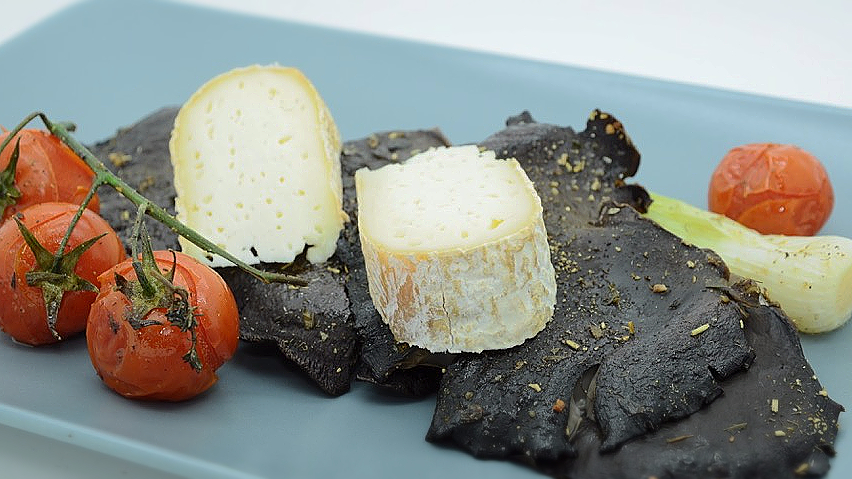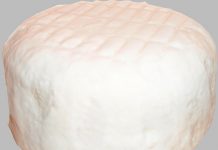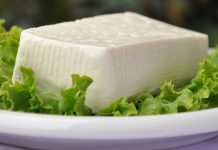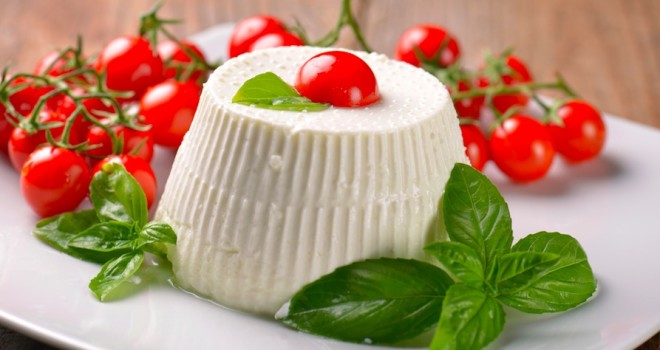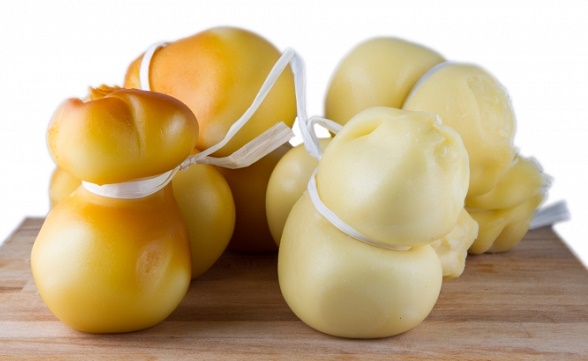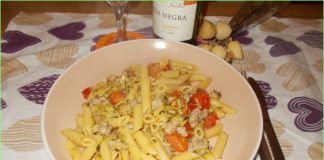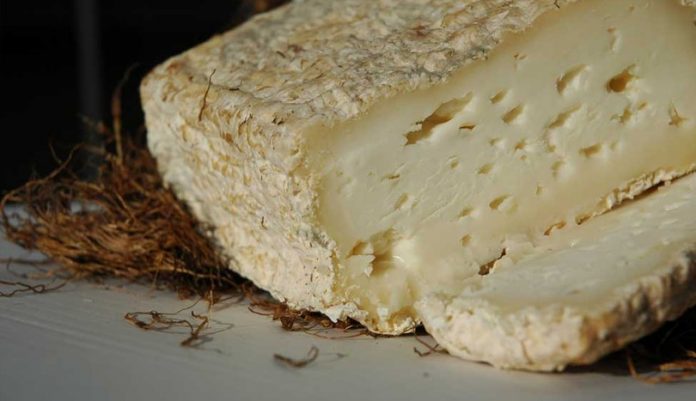
Introduction
Caciofiore is a particular cheese made from two different kind of dairy products. In Italian the name I composed by Cacio, which indicates a traditional cheese, and Fiore, which means flower but, in the cheese production, also the vegetable curd. The cacio is a cheese made from coagulation of sheep’s milk. The Fiore is used for the preparation of cheese, drying the vegetable curd.
This cheese was probably one of the first made by human kind, known also by Ancient Romans. Many experts think that Caciofiore is the ancestor of the very famous Roman pecorino, and the region of Capital, the Lazio, is still the main area of production. But Caciofiore is made also in other regions of Italy, like Abruzzo, Marche and Apulia.
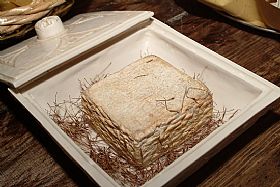
This cheese is working in various stages, integrating the vegetable curd with the animal rennet, of calves or lambs.
As vegetable curd could be used various plants, like, for example, the core of the cardoon, as The Slow Food Presidium of the Caciofiore of the Roman countryside has decided. This Presidium was born to protect and promote various cheeses of the Capital, with processing that was used once in Latin era. In other areas of Italy, like in the Marche, in Abruzzo and in Molise, as vegetable curd is used the wild dried artichoke flowers, because here this plant is more widespread.
The production
The production is quite the same both if it is used the cardoon than the artichoke. In summer their flowers are harvested when the ripeness is completed, that means when they have a blue-violet color. Once harvested, they are hung upside down for 15 days to dry, in a dark place. Then they are soak for 24 hours. Once macerated, all is filtered and the vegetable curd is obtained. The enzymes present in the flower allow the milk to coagulate after about 60 or 80 minutes of infusion. For the Caciofiore production, the milk is boiled at 38°C. Then the vegetable rennet is added to have the coagulation starting in 80 minutes.
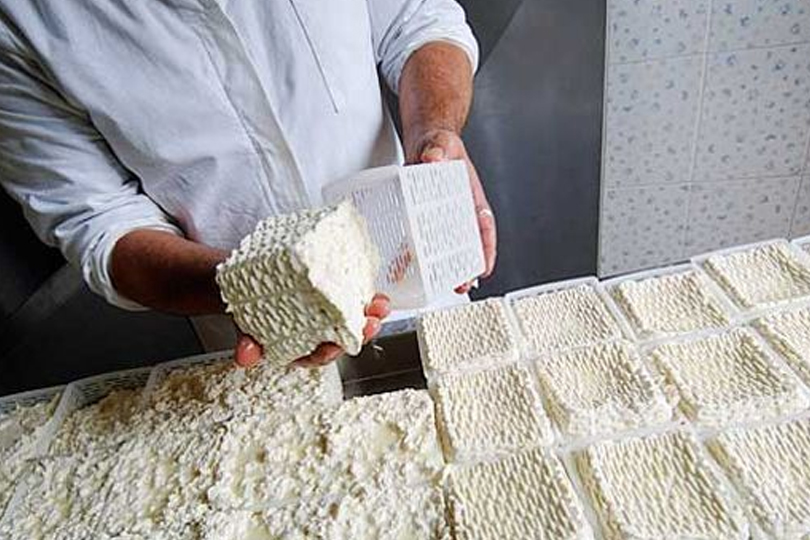
The producer “brake” the first curd into cubes of about 6 centimeters to rest for 30 minutes before start the second curd using a strainer. When the consistency is optimal, the curd is placed into the molds in the shape of a tile, to rest and purge for about 24 hours. Then some salt is added and the cheese is placed to dry and mature between 30 and 80 days, at temperature between 7 and 10°C and a humidity rate of 95%.
The Roman Caciofiore has aesthetically a brick shape of about 10 or 12 centimeters in length and 3 or 4 centimeters in height. Weight is about 600 grams, with a wrinkled rind, gray-yellowish color, but a creamy and soft body inside, with some small and irregular holes.
This cheese smells of herbaceous aromas and straw, wstrong and intense taste, slightly astringent and bitter. It is a perfect dessert, to be eat with full-bodied red wines or the classic Passito or Sauterns dessert wines.
The Presidium
The Slow Food Presidium rules are in act to provide the best Caciofiore. For the coagulation can be used the milk of lamb or goat rennet, and flower of cardoon or safflower and fig milk. According to the Latin writer Lucius Junius Moderatus Columella (50 AD), the best cheese needs the minimum possible of herbs. But the use of the cardoon was a widespread practice in Roman era. Thir cultivation is now made wild but controlled. From this cultivation, there are four producers who currently used for their Caciofiore.
